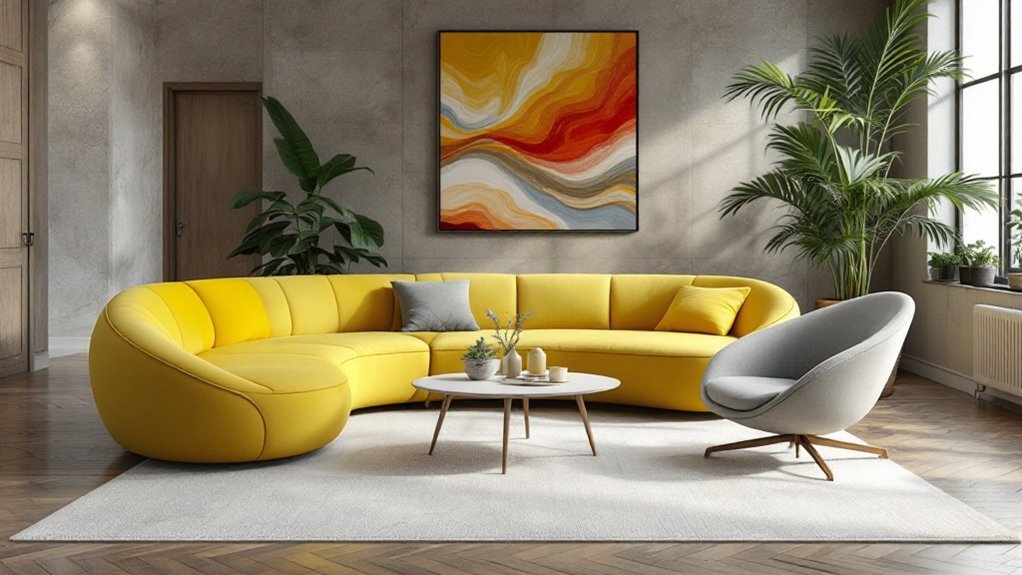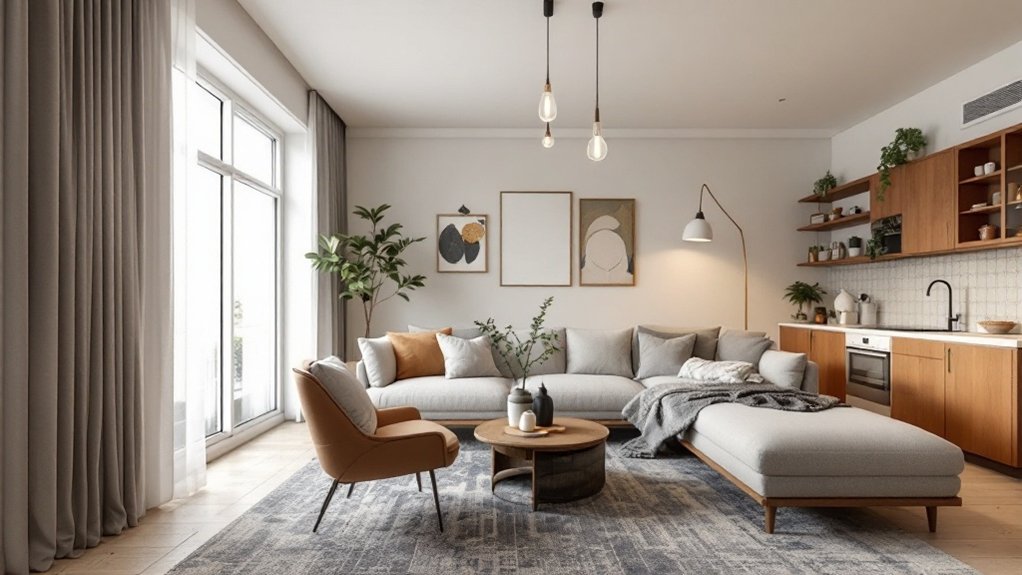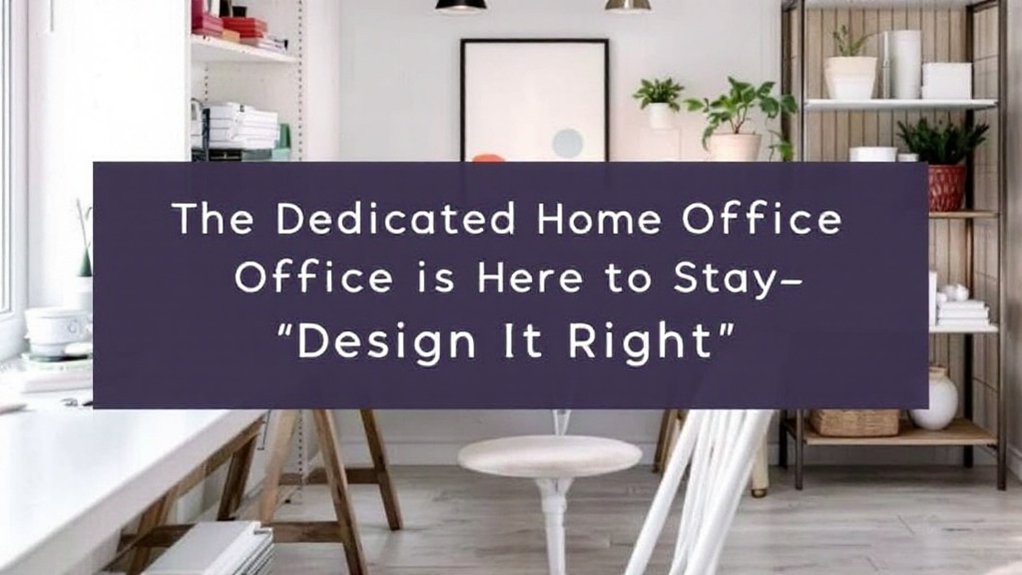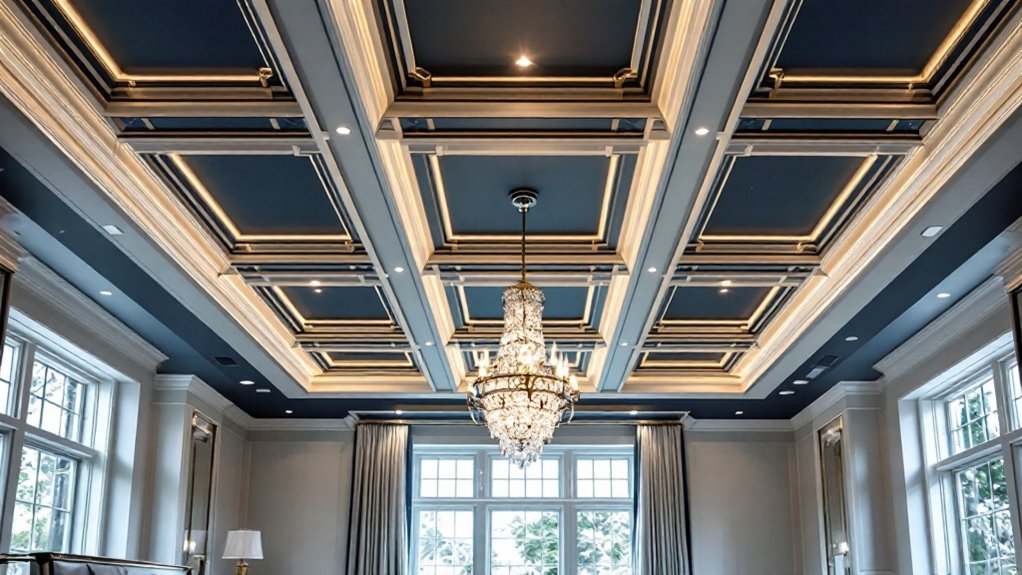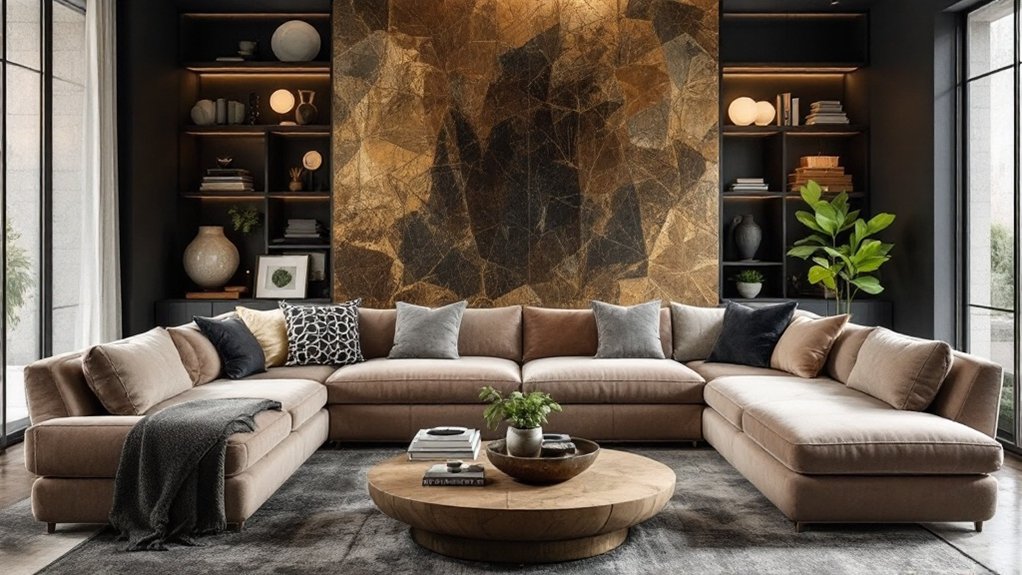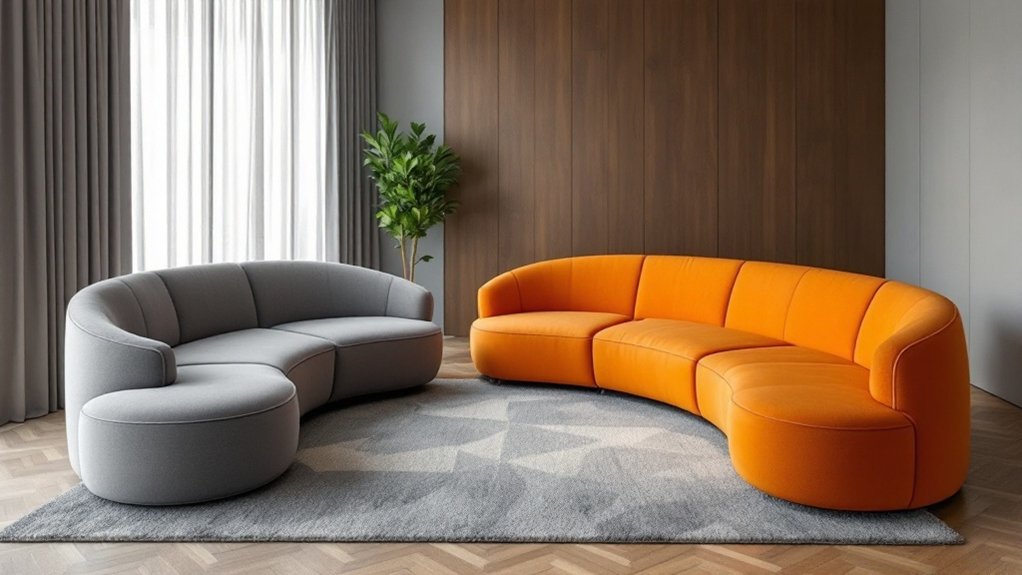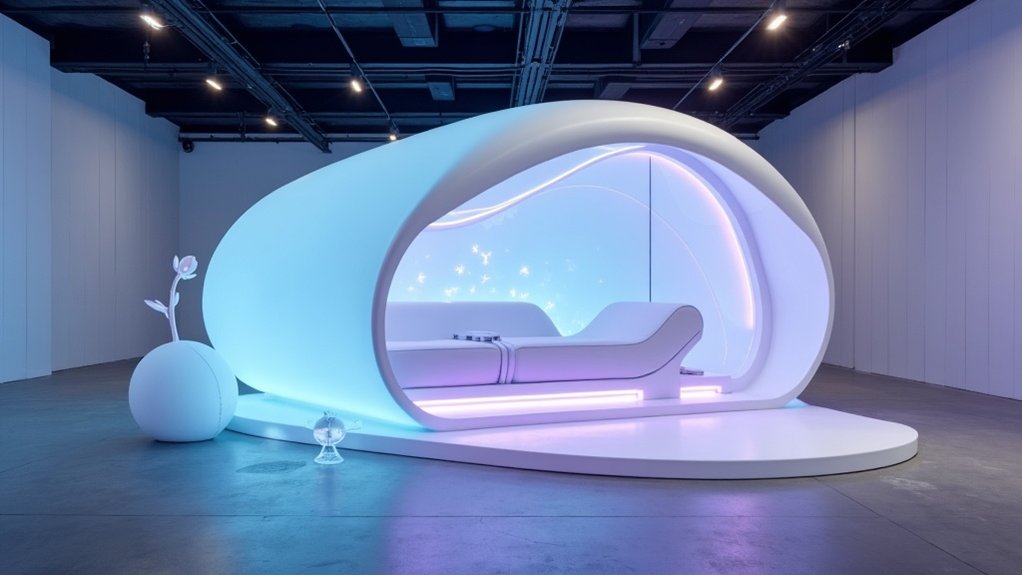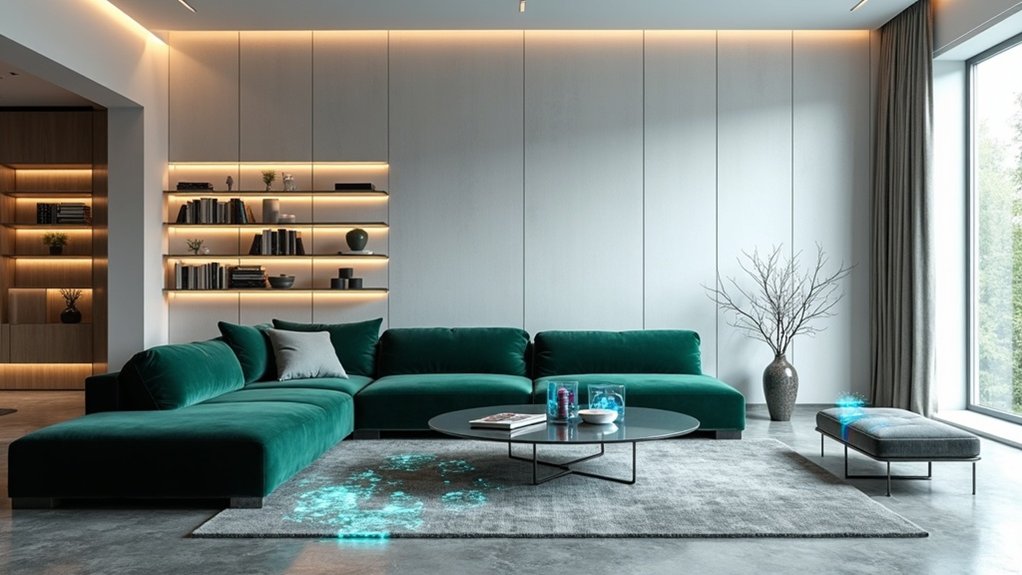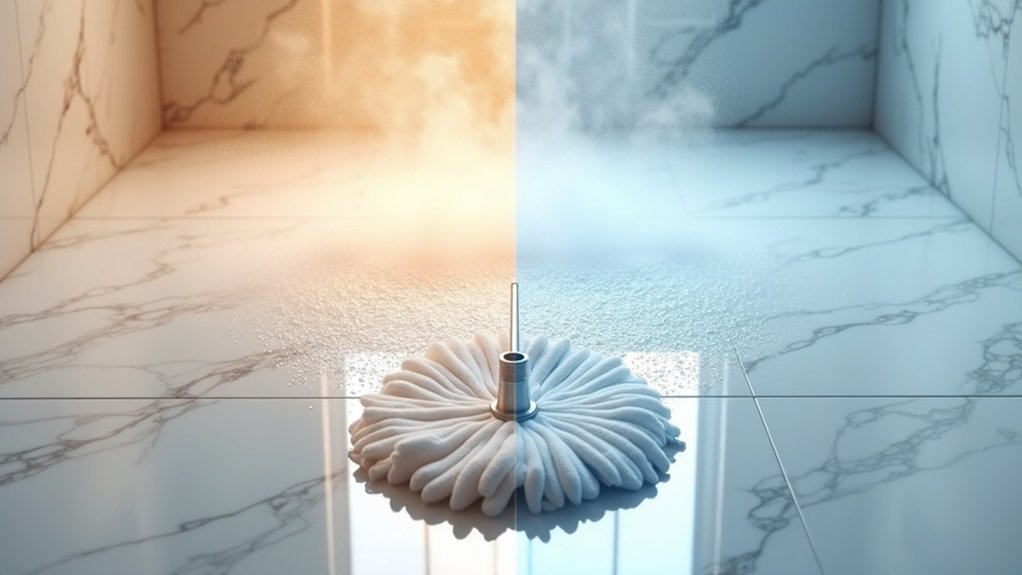Curved furnishings represent a pivotal shift in contemporary interior design, combining aesthetic appeal with psychological benefits. These organic shapes, from arched sofas to round dining tables, create welcoming environments while maximizing space efficiency in modern homes. The versatility of curved pieces allows them to improve both traditional and contemporary spaces, while their flowing lines promote relaxation and emotional well-being. The integration of materials like velvet, polished metal, and natural stone transforms these sculptural elements into functional art that shapes the future of interior spaces.
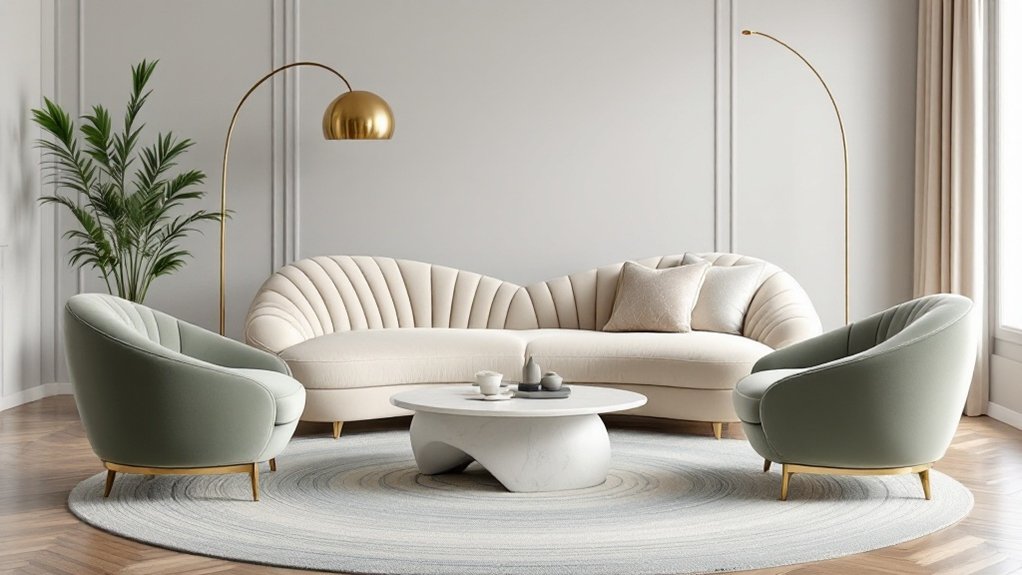
While curved furnishings have always held a place in interior design, their resurgence in contemporary spaces speaks to a growing appreciation for organic forms that seamlessly blend function with sophisticated aesthetics. From gracefully arched sofas to round dining tables, these pieces introduce a gentle fluidity that counterbalances the rigid geometry often found in modern architecture.
The timeless appeal of curved furniture lies not only in its visual allure but in its remarkable ability to maximize space efficiency, particularly in compact or irregularly shaped rooms. New manufacturing techniques have made curved designs more accessible and cost-effective than ever before.
The integration of curved elements extends beyond mere aesthetics to create environments that promote connection and comfort. Rounded dining tables naturally encourage more intimate conversations, while curved sofas create inviting conversation areas that draw people together. First popularized in boutique hotels, these elegant designs have now become a staple in residential spaces.
These sculptural pieces, crafted from materials ranging from sumptuous velvet to polished metal and natural stone, add layers of visual and tactile interest to interior spaces. The combination of materials and forms creates a sophisticated interplay that raises the overall design scheme.
The psychological impact of curved furnishings cannot be overlooked. Research suggests that organic shapes promote a sense of relaxation and emotional well-being, making spaces feel more welcoming and harmonious.
The absence of sharp corners not only improves safety but also contributes to a more fluid visual experience. These pieces prove particularly valuable in family homes, where the smooth edges provide practical benefits without sacrificing style.
In the realm of contemporary design, curved furniture demonstrates remarkable versatility. Whether incorporated into traditional settings or modern interiors, these pieces adapt effortlessly while maintaining their distinctive character.
The current trend favors bold statement pieces in rich, deep hues – from forest green velvet sofas to dramatically curved accent chairs – that serve as focal points while maintaining a sense of visual lightness.
This balance between statement and subtlety allows curved furnishings to improve spaces without overwhelming them, creating environments that are both visually striking and emotionally nurturing.
Frequently Asked Questions
How Do Curved Furnishings Affect the Acoustics of a Room?
Curved furnishings significantly improve room acoustics through multiple mechanisms.
Their non-parallel surfaces effectively diffuse sound waves, preventing the buildup of standing waves and echo points. These shapes scatter mid-to-high frequencies more evenly throughout the space while minimizing acoustic hot spots and dead zones.
When combined with sound-absorbing materials, curved elements create a balanced acoustic environment by reducing unwanted reflections and controlling reverberation times.
Can Curved Furniture Make a Small Space Appear Larger?
Curved furniture can significantly improve the perception of space in smaller rooms.
By creating smooth visual flow and eliminating harsh corners, curved pieces guide the eye naturally around the space, making it appear more expansive.
Interior design experts note that rounded elements help soften bulky partitions and reduce visual clutter, while their organic shapes contribute to a more open atmosphere.
Strategic placement of curved furnishings can create seamless transitions that effectively maximize spatial perception.
What Materials Work Best for Creating Durable Curved Furniture Pieces?
For durable curved furniture, kiln-dried solid wood and bent lamination techniques provide exceptional structural integrity, particularly when the wood grain follows the curve's natural path.
Metal framing offers flexibility for modern designs, while carbon fiber delivers premium durability for high-end pieces.
When paired with resilient upholstery materials like leather or performance-grade microfiber, these structural elements create curved furniture that maintains its shape and functionality over years of use.
Are Curved Furnishings More Expensive Than Traditional Straight-Lined Furniture?
Yes, curved furnishings typically command higher prices than their straight-lined counterparts because of several factors.
The manufacturing process requires advanced techniques and skilled craftsmanship, resulting in increased labor costs and material waste. Limited production runs and custom fabrication needs further raise prices.
While technological advances are gradually reducing production costs, the complex manufacturing requirements, specialized materials, and design innovation continue to position curved furniture in premium market segments.
How Do You Mix Curved and Angular Furniture Without Creating Visual Chaos?
Successfully mixing curved and angular furniture requires thoughtful balance and intentional distribution throughout a space.
Designers recommend maintaining a 60/40 ratio between straight and curved pieces while unifying them through consistent materials and color palettes.
Anchoring curved statement pieces with angular elements helps create visual harmony, while repeating shapes in smaller accessories reinforces the design theme.
Strategic placement that promotes natural movement prevents the combination from appearing chaotic.
